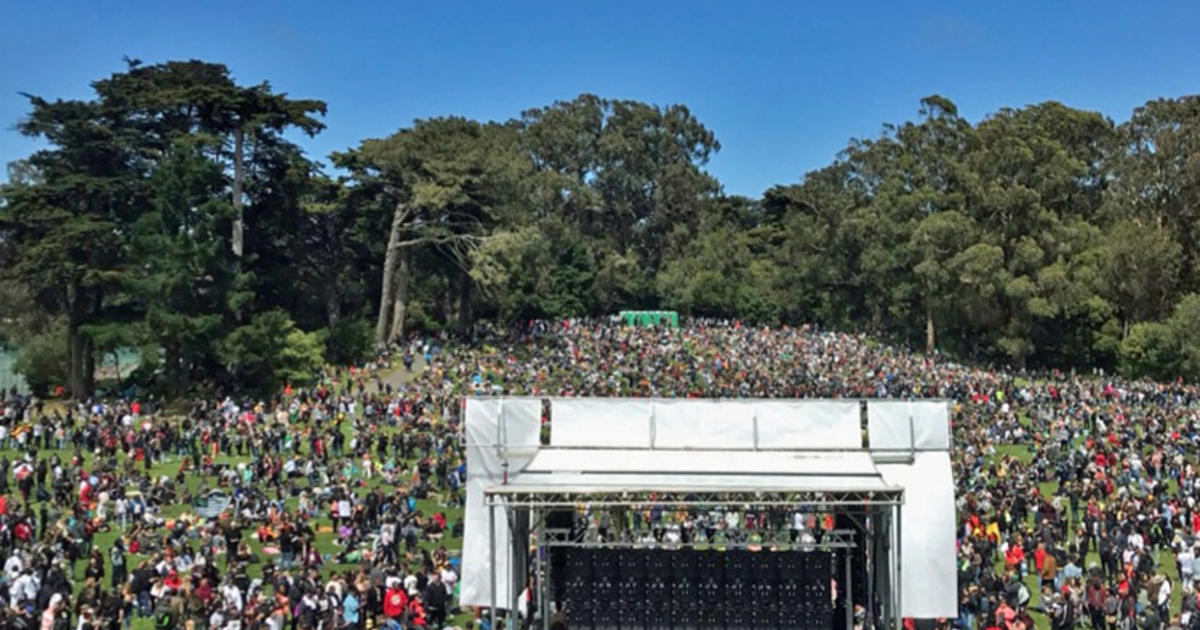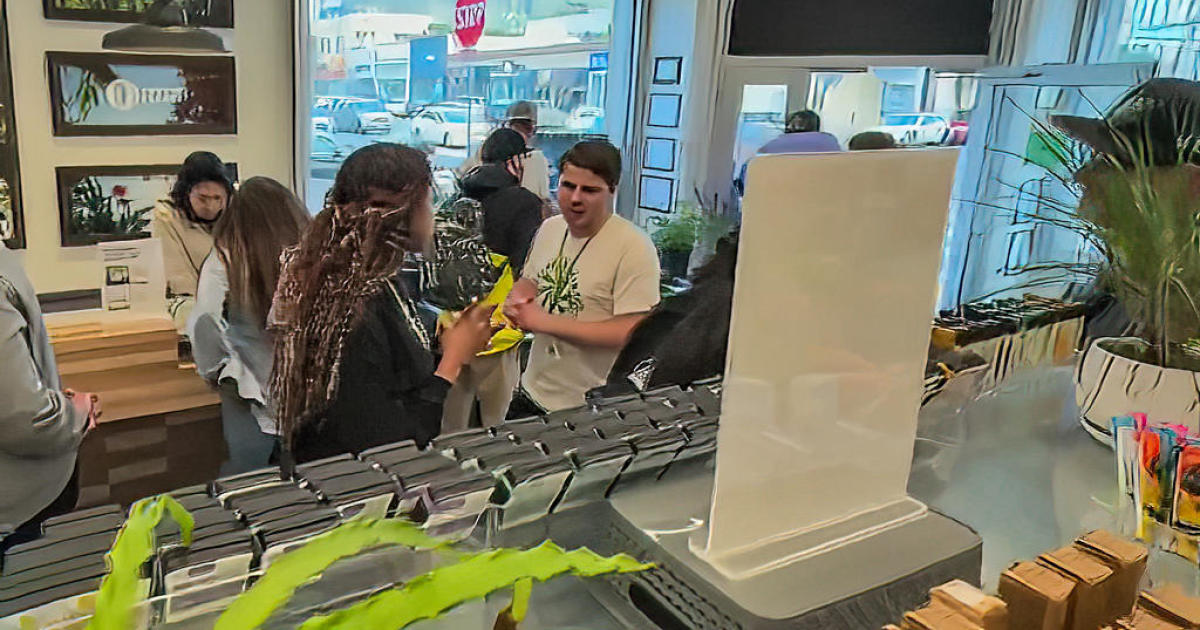Early PG&E Blackouts Forewarned Later Problems
SAN FRANCISCO (AP) -- The state senators grilling the CEO of Pacific Gas & Electric Corp. were upset — like millions of other Californians, some spent days in the dark when the nation's largest utility shut off power during windstorms this fall.
The lawmakers demanded that the executive explain why blackouts intended to prevent downed power lines from sparking deadly wildfires caused so much trouble of their own.
The explanation CEO Bill Johnson offered the Capitol hearing room: Several smaller outages that PG&E triggered in the year before its debacle began in mid-October went well, giving his company misplaced confidence.
"I think we got a little complacent that we had figured it out," Johnson testified last month.
PG&E had not figured it out.
An Associated Press review shows widespread problems with the four "public safety power shutoffs" the utility started rolling out in 2018, a year before massive blackouts paralyzed much of California in recent months. Interviews and documents obtained under public records requests reveal persistent failures and broken promises that in some cases compromised public safety.
Even as PG&E assured regulators it was fixing the problems, the utility kept making many of the same mistakes, further undermining trust after its outdated equipment and negligence has been blamed for fires that killed nearly 130 people during 2017 and 2018.
Communication, a foundation of emergency management, was poor. PG&E's notifications of impending outages were haphazard at times, with some sent after the power was already out. Telecommunications companies, water providers and emergency managers did not always receive the early word they needed.
PG&E made important information hard to get. It was slow to distribute electronic maps showing who would lose power, making it harder for emergency responders to know exactly where to send resources. The utility also balked at providing the addresses of medically needy customers to local officials who planned to check on them in person.
Breakdowns afflicted even basic technology. In a region that's home to Silicon Valley and its thousands of computer programmers and engineers, PG&E had not prepared the website where it posted outage updates for a crush of customers, so it crashed. Tech experts from the state had to intervene.
Even daily conference calls updating emergency responders and lawmakers could be hard to hear.
These and other early failures weren't widely recognized as harbingers of the issues that would overwhelm PG&E come mid-October, partly because the outages affected rural areas with less political and economic clout.
While the headline-making shutoffs affected more than 2 million people across much of PG&E's 70,000-square-mile service territory, the four initial blackouts affected tens of thousands in Northern California's Sierra Nevada foothills and famed wine valleys. They hit in October 2018 and then in June, September and early October of this year.
Among those who saw trouble building were regulators at the California Public Utilities Commission.
The first shutoff was chaotic and the next three were not going according to the guidelines regulators had passed. Commission staff met more frequently with PG&E starting in the spring, using advice and persuasion rather than mandating changes.
Elizaveta Malashenko, deputy executive director of safety and enforcement policy at the commission, told AP the commission didn't act more aggressively because it has to balance punitive intervention with giving a utility a chance to self-correct.
PG&E promised to fix a range of problems promptly, and an executive said it worked hard to deliver.
Sumeet Singh, a vice president who oversees PG&E's community wildfire safety program, listed a litany of ways the utility is investing in fixes that he said will lessen the need for future shutoffs. Those include trimming more vegetation near power lines and burying some lines in areas most at risk of igniting.
Singh also acknowledged that the utility had some struggles during the early shutoffs but that it strove to improve and disputed any characterization that it did not succeed in some ways. He cited how quickly the utility restored power as one improvement, along with the timeliness and accuracy of customer notifications.
"Did we hit the mark on every single improvement? No. Do we have more work to do? Yes," Singh said.
Some customers who rely on electricity to power medical devices felt abandoned.
"PG&E did nothing to help us who depend on electricity to run our life support," recounted Grace Lin, a polio survivor who needs a ventilator to breathe and uses an electric wheelchair. "It's not like we could simply grind our teeth and tough it out by holding our breath."
Lin said she was confused by the notifications PG&E sent ahead of the first shutoff that affected her San Francisco Bay Area home on Oct. 9. The company website they referred to for updates was frozen. Lin considered herself lucky that she had the means to evacuate 20 miles away, to a quadriplegic friend's house that had electricity.
Other vulnerable Californians endured blackouts without the help they needed.
"A lot of them don't have support, a lot of them don't have family," Betty Briggs, 84, said of her elderly neighbors in the well-touristed Napa Valley town of Calistoga. "It makes it very difficult, and it puts them in danger."
© Copyright 2019 Associated Press. All Rights Reserved. This material may not be published, broadcast, rewritten or redistributed



